About Universal Market Access (UMA)
What is Universal Market Access (UMA)?
Universal Market Access (UMA) is a decentralized financial contract platform that aims to enable universal access to financial markets. UMA’s key innovation is its Optimistic Oracle (OO), a system designed to verify any piece of verifiable truth on the blockchain in a flexible and scalable way. The optimistic oracle acts as a “human-powered truth machine,” which allows Web3 applications to operate with off-chain data in a decentralized and trustless manner. UMA is used across a broad range of decentralized finance (DeFi) applications such as insurance protocols, prediction markets, cross-chain bridges, and governance tools for decentralized autonomous organizations (DAOs).
How does UMA work?
UMA operates through a novel optimistic oracle system, which is a decentralized mechanism for verifying off-chain data. The process works in the following way:
- Proposing a Statement:
- A party submits a statement or claim (called a “truth“) to the UMA network, such as the price of an asset or the outcome of an event.
- Bond Submission:
- Along with the statement, the party proposing the truth submits a bond (a collateral deposit). This bond acts as a bounty for anyone willing to challenge the truth if they believe it is false.
- Challenge Period:
- The proposed statement is automatically accepted unless someone challenges it. This challenge period allows the UMA community to dispute the truth if they have evidence to the contrary.
- Dispute Resolution:
- If a dispute arises, UMA token holders step in to resolve it within a 48-hour period. The decision is made by a decentralized group of token holders.
- If the disputer is correct: The proposer loses their bond, and the disputer is rewarded with a portion of it.
- If the proposer is correct: The disputer loses their bond, and the proposer receives a portion of it as a reward.
This dispute mechanism provides a way for human intelligence and judgment to be leveraged in Web3 applications, ensuring that complex or ambiguous situations can be resolved in a decentralized manner.
Key Components of UMA:
- Optimistic Oracle (OO):
- UMA’s OO is the core component that allows the platform to verify any claim or data point off-chain. By using the optimistic approach (i.e., assuming data is true unless proven otherwise), UMA can enable trustless verification while reducing computational load and costs.
- Smart Contracts and Custom Financial Contracts:
- UMA enables the creation of trustless, custom financial contracts on its blockchain. Developers can design their own financial instruments without needing a centralized intermediary or third-party validation.
- Governance:
- UMA is governed by UMA token holders, who can vote on key decisions, including protocol upgrades and changes to the dispute process. Token holders also participate in the dispute resolution process by helping to determine whether a given truth statement is valid or not.
Potential Use Cases for UMA:
UMA’s optimistic oracle and smart contract capabilities open up numerous use cases, including:
- Decentralized Autonomous Organization (DAO) Governance:
- UMA’s optimistic oracle can be integrated with DAO governance systems. One prominent example is oSnap, a trustless system to execute the results of a Snapshot vote on-chain. This removes the need for centralized oracles in DAO voting and enables transparent, decentralized decision-making.
- Prediction Markets:
- UMA’s oracle system can be used to power prediction markets, where users can bet on the outcomes of real-world events (e.g., elections, sports results, market prices) in a trustless way. The platform can verify the truth of these events using the optimistic oracle.
- Cross-Chain Communication:
- UMA enables cross-chain interactions by offering a decentralized solution for verifying data between different blockchain networks. This opens up new possibilities for cross-chain decentralized finance (DeFi) products.
- Insurance Protocols:
- UMA can facilitate decentralized insurance contracts. For example, users can create insurance contracts where the oracle verifies whether the insurance conditions are met (e.g., weather data or natural disaster reports). This creates a more transparent and trustless insurance market.
- Real-World Asset (RWA) Tokenization:
- UMA can be used to tokenize real-world assets (RWAs), such as commodities, real estate, or securities. It can verify the value of these assets through the optimistic oracle, enabling trustless trading of tokenized real-world assets.
- DeFi Applications:
- Developers can build DeFi applications using UMA’s smart contracts. Whether it’s decentralized lending, derivative trading, or creating collateralized loans, UMA’s tools enable the creation of a wide range of financial products.
The History of UMA:
UMA was founded in 2018 by Allison Lu and Hart Lambur, two former Goldman Sachs traders, with the goal of creating a decentralized financial system that was fair, accessible, and open. They were inspired by traditional finance and derivatives and sought to develop an open-source protocol that could allow anyone, anywhere, to design and execute financial contracts in a decentralized manner.
The concept of an optimistic oracle was first explored by Vitalik Buterin (Ethereum’s co-founder) in 2014. UMA took this idea and developed it further, leading to the creation of their optimistic oracle system. UMA launched its first version of the optimistic oracle and its associated token (UMA) to power the network.
In September 2022, UMA had a total supply of 108,858,567 UMA tokens, with 68,947,415 tokens in circulation. The UMA token is used for governance and staking in the UMA network.

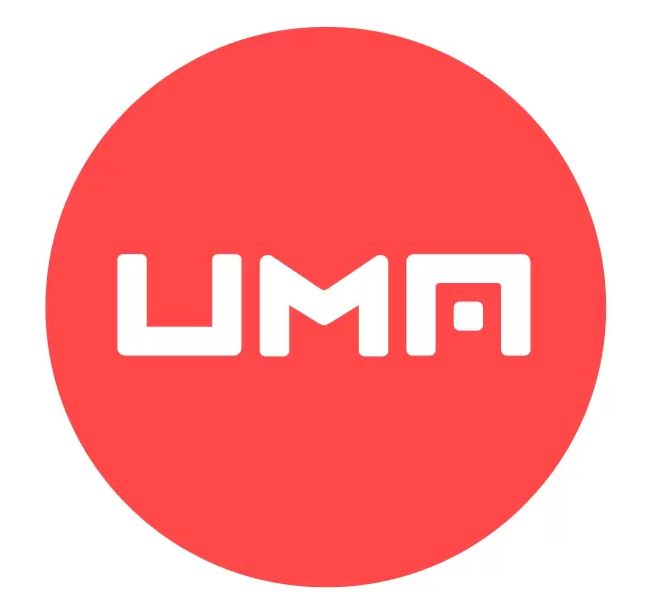
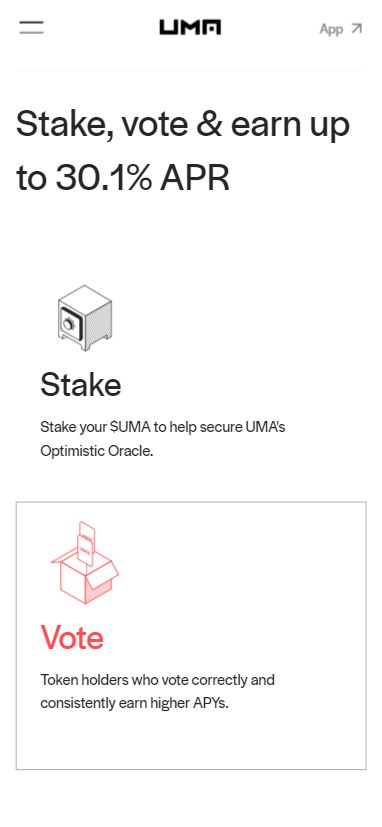
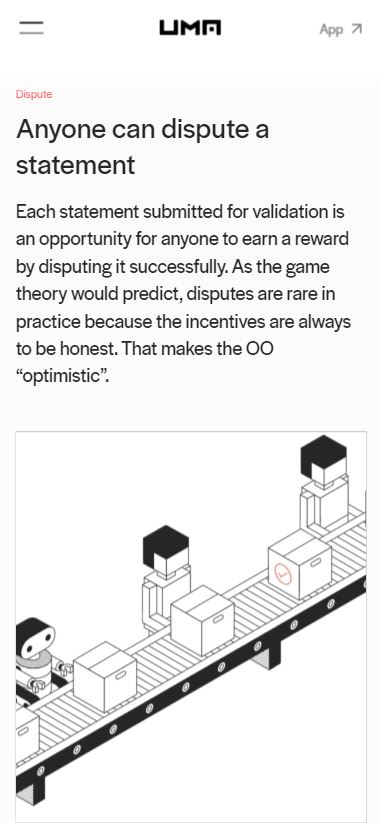


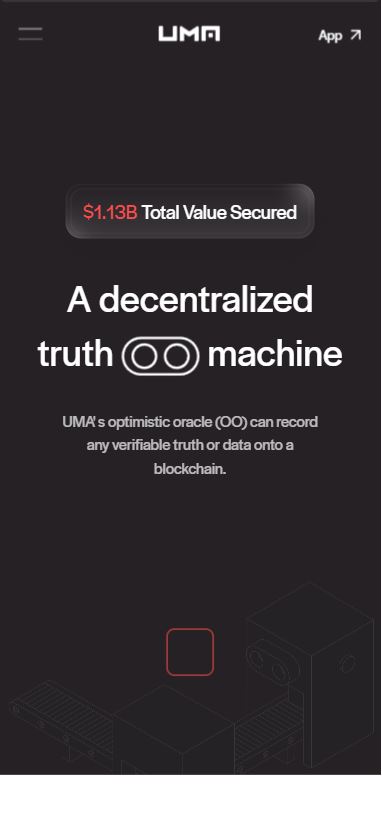






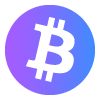










Reviews
There are no reviews yet.